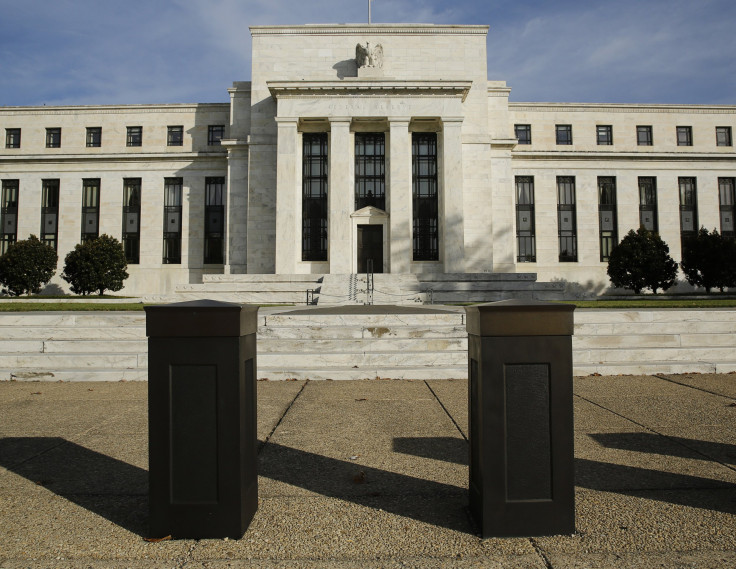Federal Reserve Stress Tests: What You Need To Know

A certain kind of March Madness is under way at the biggest banks in the U.S. Over the next week, Citigroup Inc., Goldman Sachs Group Inc. and their competitors will wait on pins and needles to learn how they stacked up against peers in yearly exams. The Federal Reserve will release Thursday the first batch of results of its stress tests, which become the annual obsession of regulators, watchdogs, investors and, of course, the banks themselves.
What Do The Banks Have To Do?
Banks with assets of more than $50 billion -- 31 in all this year -- are required to submit complex plans outlining how their firms would perform in the face of a severe economic downturn. The goal is to show a bank can stay solvent and keep lending even after taking significant losses. This requires maintaining sufficient buffers of safe capital (i.e., cash) to cushion major blows to other assets.
What Is The Fed Looking For?
The Fed will release Thursday its estimates of how much capital banks would be able to hold onto under economic duress. The government wants to make sure that banks have enough funds to avoid a Lehman Brothers scenario, where losses on big risky bets amounted to more money than the bank actually had on hand.
Next week, the Fed will publicize the more closely watched of its test results, which evaluate banks’ internal procedures for detecting and negotiating risks. This is the section that determines whether banks pass -- as most usually do -- or fail. Two European-based banks, Deutsche Bank AG and Banco Santander SA, are widely expected to come up short in this round.
What Should I Look For?
The Fed uses capital ratios to measure banks’ ability to withstand financial blasts. Capital ratios compare a bank’s safest assets, known as top-tier capital, with its riskier holdings. Institutions must maintain capital ratios of at least 5 percent. The Fed’s release Thursday will list projected capital ratios side-by-side for all 31 firms examined by the stress tests. It’s worth looking out for banks that come in lower than their peers or their results in previous years.
In the coming week, banks that only scraped by will have the chance to nudge their figures up by adjusting shareholder payouts for the foreseeable future. The Bank of America Corp. and Goldman Sachs availed themselves of this opportunity last year.
What’s At Stake?
Investors pay close attention to the stress tests. Banks that flunk can have proposed shareholder rewards blocked by the Fed, meaning smaller returns for those holding bank stocks. Citigroup investors suffered this fate last year, when the Fed quashed dividend increases and other perks that would have paid out billions of dollars. A repeat of that failure could cost Citi CEO Michael Corbat his job.
More broadly, the Fed’s tests affect general confidence in the financial system that sunk the world economy in 2008. Although toxic mortgages provided the initial jolt, the banking sector collapsed as much as it did largely because banks had far too little cash on their books relative to their speculative bets and risky loans. The Fed’s stress tests aim to ensure a deeper measure of financial security.
© Copyright IBTimes 2024. All rights reserved.





















